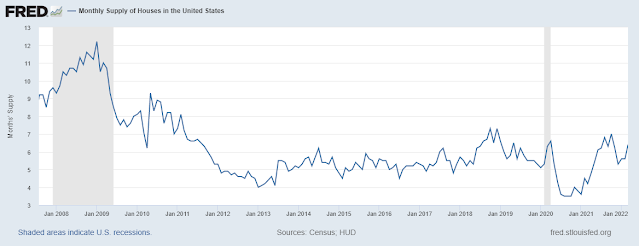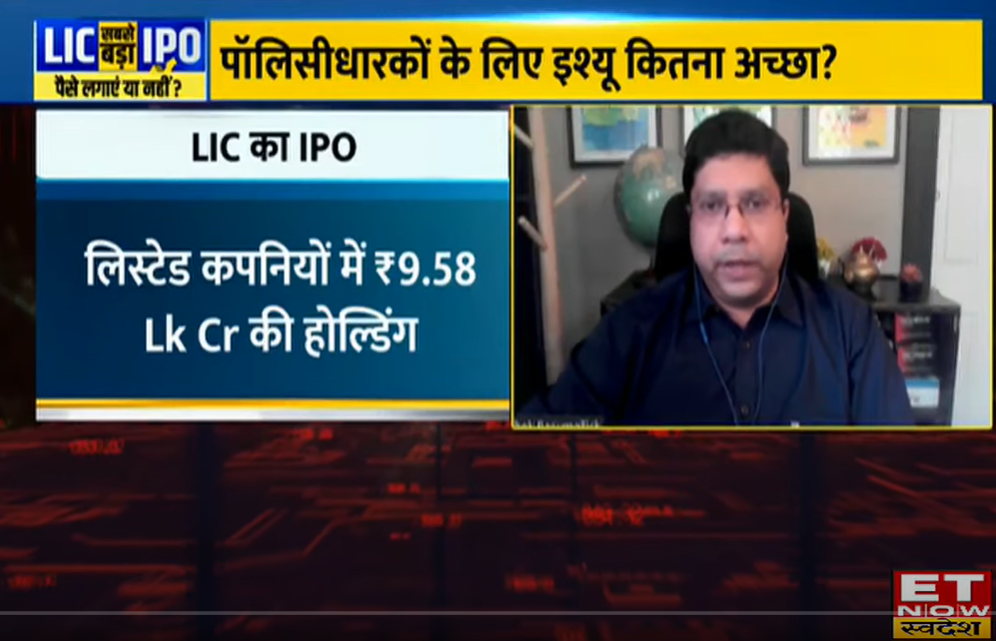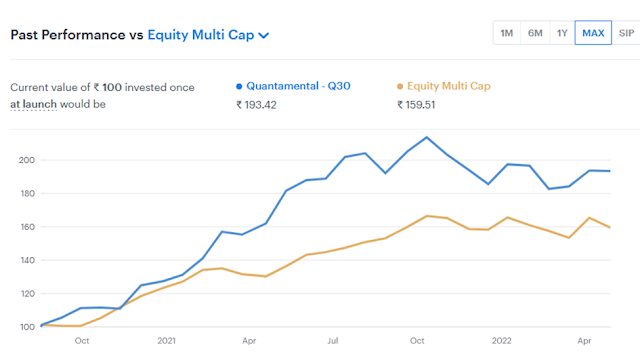Being wealthy, not rich
I’m always
interested in the difference between getting rich and staying rich. They are
completely different things, and many of those skilled at the former fail at
the latter.
Part of this topic
is knowing the difference between rich and wealthy.
Rich means you have
cash to buy stuff. Wealth means you have unspent savings and investments that
provide some level of intangible and lasting pleasure – independence, autonomy,
controlling your time, and doing what you want to do, when you want to do it,
with whom you want to do it with, for as long as you want to do it for.
I want to be rich,
because I like nice stuff. But what I value far more is to be wealthy, because
I think independence is one of the only ways money can make you happier. The
trick is realizing that the only way to maintain independence is if your appetite
for stuff – including status – can be satiated. The goalpost has to stop
moving; the expectations have to remain in check. Otherwise money has a
tendency to be a liability masquerading as an asset, controlling you more than
you use it to live a better life.
https://www.collaborativefund.com/blog/the-rich-and-the-wealthy/
The wealthy mindset
All the energy you
put into things you can’t control comes at the expense of things you can
control. And because they focus on what they can control, the second mindset is
far more resilient and adaptable than the first. And that makes all the
difference.
When I talk to
people about this, they often bring up the wealth gap. I hear things like,
“It’s easy for the rich to hire tutors and teachers and childcare and keep
their kids working hard.” Yes … and that misses the point.
It is easy to
overestimate the role of money and underestimate the role of mindset. Often, we
convince ourselves that if only we had the resources, we would apply the second
mindset. But the second mindset isn’t a luxury of the rich, it is a necessity
to build wealth in the first place.
When you focus on
the money you miss the leverage of mindset hiding in plain sight.
https://fs.blog/brain-food/may-1-2022/
Extreme Air Pollution
Hampering India’s Solar Electricity Generation
India will struggle
to meet a target of generating 100 gigawatts of solar power this year as high
levels of atmospheric pollution are hindering the country’s ability to generate
energy, a study has found.
Atmospheric
pollution reduces solar power generation because it both absorbs and scatters
the Sun’s rays, as well as leaving deposits on solar panels that reduce their
efficiency.
A study carried out
by IIT Delhi calculates that between 2001 and 2018 India lost 29 per cent of
its solar energy potential as a result of atmospheric pollution - equivalent to
an annual loss of £635m.
“Put simply,
aerosols - which include fine particulate matter, dust, mist and fumes
suspended in the air - significantly reduce incoming solar radiation in what we
call the ‘atmospheric attenuation effect’,” said study author Sagnik Dey. “This
needs to be factored in when undertaking large solar energy projects.”
Acid rain can also
corrode solar power equipment and support structures which increases
maintenance costs. Acid rain is caused by pollutants like sulphur dioxide and
nitrogen oxides, released mainly through industrial and vehicular emissions,
rising high into the atmosphere and mixing with water, oxygen and other
chemicals to form corrosive acid droplets before falling back as rain.
https://eandt.theiet.org/content/articles/2022/04/extreme-air-pollution-hampering-india-s-solar-electricity-generation/
The Library of Mistakes
The best investors
learn from their mistakes. Even the most successful are wrong nearly half the
time, which gives them plenty of material to dwell upon. A willingness to admit
to errors, says Napier, indicates an open mind. Richard Oldfield, an experienced
British fund manager, opens his witty and wise book on investment, “Simple But
Not Easy”, with a chapter on his personal howlers. The investment advice
imparted by Oldfield’s former employer, the merchant banker Siegmund Warburg,
was to “always cry over spilt milk.” Every mistake makes one a fractionally
better investor, says Oldfield.
George Soros places
mistakes at the heart of his investment process. The Hungarian-born billionaire
claims to have an acute sense of his own fallibility. “To others, being wrong
is a source of shame,” Soros wrote. “To me recognising my mistakes is a source
of pride. Once we realise that imperfect understanding is the human condition,
there is no shame in being wrong, only in failing to correct our mistakes.”
Soros’s approach as a hedge fund manager was to first establish a position and
then consider how he might be wrong. In his view, the recognition and
rectification of mistakes constitute the hard job of investing. The rest is a
cinch.
https://www.reuters.com/breakingviews/global-markets-breakingviews-2022-05-05/
Learning is a series of
sprints, not a marathon
People often
complain that there just aren’t enough hours in the day. That they have too
many things to do, and not enough time to complete all of the work. The
proposed solution is better time management: organize the hours in your day
better and you’ll get more done.
Time isn’t what’s
limited in the day (otherwise you wouldn’t waste so much of it) but your energy
is. Energy runs out faster than time, which is why it’s easy to procrastinate,
even when you have a lot of work to do.
This theory explains
personal productivity much better than time management. If time were the
limited resource, procrastination wouldn’t be an issue, only scheduling would
be. It also explains why many new productivity systems work for a couple weeks
and then fail. You can burn your energy reserves intensely for some time before
they get used up and you slide back to a lower operating efficiency.
This also explains
why focusing is so difficult. Focus requires a lot of energy to be used in a
short burst. Learning is tough mental work, just as sprinting is tough physical
work. Just as you can only sprint so long before needing to stop, or slow to a
light jog, you can only learn intensely for a short period before you start
getting distracted.
If you’re studying
full-time, I recommend establishing a policy of not doing any studying on one
weekend day and on evenings, after a certain hour. If you’re juggling a job and
learning, I recommend picking specific hours to learn, in advance, and don’t study
outside of them. Many people I’ve spoken with have found early morning most
efficient, since they’re not exhausted from the day’s work yet.
Learning, when done
well, is like a series of sprints, not a marathon. That means you have bursts
of focus, followed by periods of rest. Both are essential.









